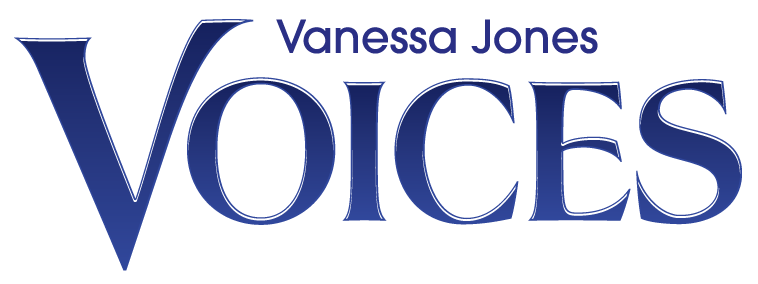How to Write an Explainer Video
OK, so you want to make an explainer video for your business to showcase the problem you solve. But what should you include?
Here are the five acts of a corporate explainer video:
Introduction
Explainer video marketing starts with personalization. The video begins by introducing the viewer to a character or business/industry that is relatable in some way. The explainer can literally begin with words such as “Meet Jill. Jill is a pathologist who works with_____.” Or, the explainer can simply introduce you to a person or company and show you who they are.
Frustrated customer trying to call customer service with a problem.
2. The Problem
Once we have our character, the problem is introduced. The problem can affect either an individual or an industry. It’s the challenge that must be overcome and how this issue is preventing them from easily attaining their desired outcome: “Jill needs to be able to ____, but she can’t because _____.”
3. The Solution
Here is where the product, service, or company that will solve the problem is introduced. It’s the thing the character or industry needs so they can do or have the particular outcome they desire: “That’s why Jill needs____. With ____, Jill can now…”
4. The Benefits
This is the HOW of solving the problem. It’s how the product, service, or company works to solve the problem and the x, y, and z benefits that come from it: “The ____allows you to ____, even when you ____, because it ____.”
Three benefits of a good IVR Routing system: Gives clients a choice, zeroes in on their needs, reassures and routes to right place.
5. Call to Action
An explainer marketing video always ends with a call to action. The consumer is told exactly how to get the product or service, and to do it now: “Go to blah blah blah dot com to get your _____.”
To understand the structure of an explainer, listen to this one that I narrated about how Kiwi.com can help you travel for less:
In this shortened version of an explainer, I immediately introduce the character—YOU—and the problem: You want to travel to a specific destination, but it’s too expensive. Then I offer the solution from Kiwi.com: A self-transfer hack where Kiwi creates an itinerary from different airlines to get you to your destination as a layover from a cheaper flight. The benefits? It costs less, and you can get there with a direct flight even if it wasn’t intended that way. The only thing missing is a call to action that would be the final thing people hear. i.e. “Give us your when and where at Kiwi.com and let us get you there for less!”
Of course, explainers are generally videos by definition, so let’s see a full explainer video example:
Notice how you are immediately introduced to the concept of interactive voice recording and what it is used for. You learn how the ideal IVR should function and then the problems it can cause (too many options and rerouting without quickly getting to a live human being makes your clients frustrated and angry).
The solution is a friendly, comforting voice that makes clients feel taken care of and meets their needs quickly. Good IVR can put clients in a positive frame of mind for when they get connected to a live person.
Finally, the call to action tells you to contact Vanessa Jones Voices for a friendly, professional voice to make that good first impression for your customers.
So what are you waiting for? e-mail me at Vanessa@VanessaJonesVoices.com to get a professional voicemail recording, IVR prompts, on-hold messaging, and even copywriting services. I’m also happy to record your conversational explainer video.
Contact me today!


